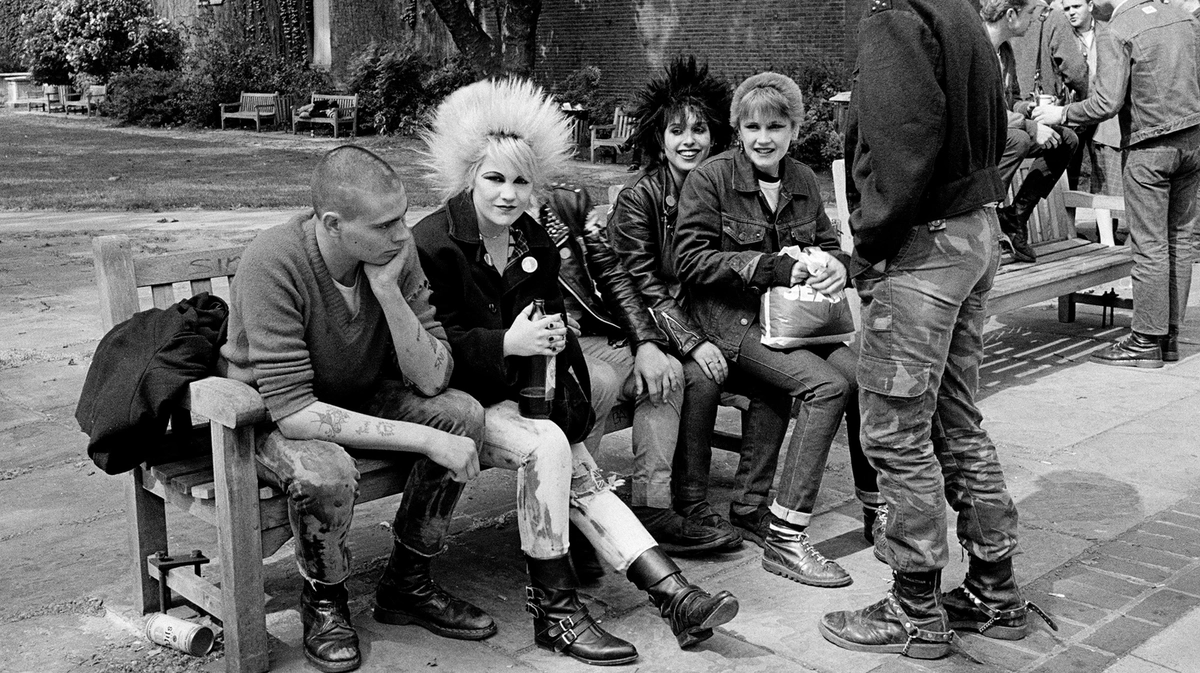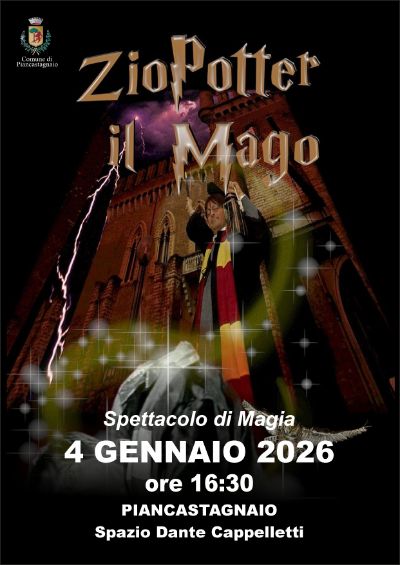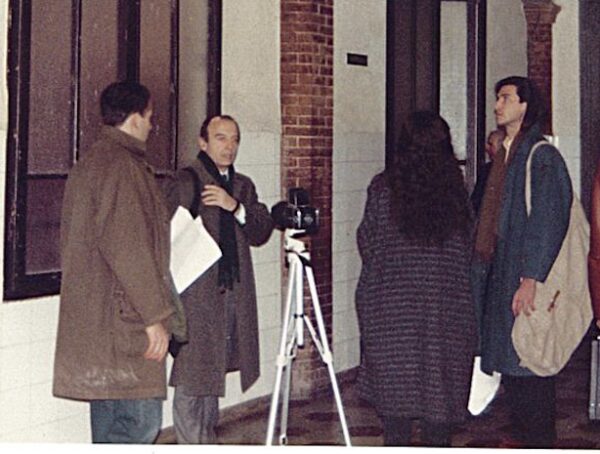
Tea Hacic-Vlahovic, un’icona punk armata di penna
2 Gennaio 2023
Ripartire dall’umanesimo
2 Gennaio 2023Part of what makes John Ahearn and Rigoberto Torres’s show “Swagger and Tenderness: The South Bronx Portraits” (at the Bronx Museum) so remarkable is that it reminds you of two things that made New York City, predevelopment, so remarkable: chance and faith. Back in 1961, Jane Jacobs, in her prescient study “The Death and Life of Great American Cities,” argued that urban planning—highways, high-rises, and malls—came at a terrible price. By obliterating communities, you obliterated all that they fostered: the happy accidents and impromptu encounters that could lead to an exchange of ideas that might expand your understanding of both the individual and the community as a whole. Ahearn, who makes plaster-cast sculptures of Black and Hispanic people he has known and admired in the four decades that he’s worked in the South Bronx, captures some of what Jacobs celebrated: the intelligence that goes into not only surviving the streets but making them feel like home. For Ahearn, God is in the people.
Born in Binghamton, New York, in 1951, Ahearn grew up in a middle-class neighborhood, the child of a conservative doctor. As an undergraduate at Cornell University, he discovered art and art-making, and soon he was producing a painting a day, hitchhiking around Ithaca, no matter the weather, and setting up his easel wherever he was dropped off. After graduating, he settled in downtown Manhattan. At the time, the artists who were represented by the powerful galleries and had a strong market—people such as Sandro Chia and Neil Jenney—produced primarily figurative work. Ahearn was turned off by that scene, and he joined Colab, a radical artists’ collective that responded to the politics of the time by making work that was rude, rough, and confrontational. Painting in plein air was out; graffiti was in. Documentary footage in “Swagger and Tenderness” (just one of many touching elements in the exhibition) shows a young Ahearn on a Bronx sidewalk—filmed by his twin brother, Charlie, who directed the seminal 1983 hip-hop picture “Wild Style”—learning and perfecting his signature visual style as he understood what kind of artist he meant to be: a recorder of his time, alive to the moment.
In 1980, Colab produced one of the greatest exhibitions I have ever seen: “The Times Square Show.” Mounted in a shuttered massage parlor on West Forty-first Street, at a time when it was hard to find an area of New York that wasn’t filthy, the show included film, fashion designs, paintings, sculpture, flyers, graffiti, and other forms, all the works encountering one another, speaking to one another, in the way that people—friends—did on the city streets: heedful of the now, trusting the rightness of chance. What made “The Times Square Show” so exhilarating was, among other things, its refusal to follow the museum and gallery formula. There were no wall labels, no neat divisions between genres and time periods. The show happened resolutely in the now—in an era when you could go out to pick up the newspaper, say, at Gem Spa, in the East Village, and run into friends who were enthusing about a John Sex performance or the latest issue of Just Another Asshole, and that conversation would lead to word of a show in another part of town and you wouldn’t get home until two or three in the morning, but what was wrong with that? Every event was a natural progression of the day itself; culture was an open field, and the best, most illuminating aspects of it weren’t defined or validated by commerce.
Among the works I recall seeing at “The Times Square Show” were sculptures by John Ahearn. The pieces were lifelike depictions of faces, with partial torsos executed in plaster, then painted in beautiful colors: browns and blacks and golds. They were vivid and alive, those heads, like icons in a church devoted to a new kind of Jesus, hip and sporting ecclesiastical jeans. Looking up at them, you felt their presence so strongly that it was as if the subjects were speaking to you, like neighbors on your stoop telling the story of us.
Ididn’t know anything about Ahearn then. But, as I later learned, he’d had no experience with plaster casting until 1979, when he was spending time at Fashion Moda, an experimental community art space in the South Bronx. He was inspired to make sculptural work in part by a friend who repaired old castings and statues for the Museum of Natural History, and in part by a book he read called “Makeup for Theater, Film and Television.” Ahearn’s first sitters were recovering drug addicts who visited a methadone clinic across the street from Fashion Moda and a few hookers from the area. Like his artistic predecessor Alice Neel, Ahearn wasn’t comfortable within the precincts of self-conscious downtown bohemia, no matter how rad. So, in 1980, with the support of his new friend and collaborator Rigoberto Torres, who had made plaster casts at his uncle’s statuary shop—the Virgin Mary, Elvis, that kind of thing—Ahearn decided to move to the South Bronx. He got an apartment on Walton Avenue, where, as he has said, he felt like “a real person.” You know your authentic self when you find it, no matter what your race may be.
The late nineteen-seventies and the early eighties were a particularly terrible time for the South Bronx. Crack. Gangs and shootings. Racism. Poor health care. Worse housing. (The area was so notorious that a 1981 movie set there was titled “Fort Apache, the Bronx.”) But, like anywhere under siege, the neighborhood was also a real community—families, lovers, and friends who stuck together because they were all they had and all they had to hope for.
As Ahearn explored his new form, Torres became a creative partner, and an essential one. Torres, who lived on Walton Avenue, too, was a local and Ahearn wasn’t. Working together, the sculptors had a better chance of getting the people in the neighborhood to trust them enough to sit for them and be depicted in the work—work that spoke to and about Ahearn’s interest in their lives, at a time when there was scant evidence that anyone outside the Bronx was interested at all.
In “Swagger and Tenderness,” the conscientious co-curators, Amy Rosenblum-Martín and Ron Kavanaugh, have tried as much as possible to bring that era back—the time when Ahearn was first embarking on the project and when Torres was discovering his own skills as a creator. But you can never go back, and that’s part of what gives the show its beauty, its heft, its melancholic tenderness. Who can know another person? So many people frozen in time, so many stories that went on after the captured moment. The artifacts in the vitrines that greet you at the Bronx Museum—a pair of jelly sandals, which were especially popular in the early eighties; the kind of nice lace doily you might have seen in someone’s mother’s house back then—are reminders of a time past. Walking through the show is like strolling through a retrospective of the streets you used to know, a New York that was sprawling and electric with possibility, filled with faces and bodies that the art world either treated as a cause or was entirely oblivious of, because it could be. (In a wonderful section of the museum, you can see Torres, in a hitherto unreleased film by Charlie Ahearn, making his 1985 sculpture “Shorty Working at the C & R Statuary Corp.” The piece is a sort of refracted self-portrait, given that Torres did similar work for his uncle before meeting Ahearn.)
Some of the museum’s walls have been painted a deep cobalt blue so that the mounted sculptures would stand out, and they do. (There are a number of dramatic freestanding pieces as well.) Ahearn is a great colorist, and although the skin tones of his subjects are true to life, they’re also the product of his hyperrealist brush, and of his fascination with what makes a body, what makes a face, and what goes into self-representation. You can’t look at an early work like “Luis and Virginia Arroyo” (1980), which shows a husband and wife in a warm embrace, and not see how much of themselves the subjects gave to the project and how much Ahearn wanted to repay that trust—a spiritual exchange that amounts to an object lesson in faith.
The current argument about seeing or not seeing oneself represented in art or film—“multiculturalism,” it was called back then—was just becoming central to the Western discourse on beauty and aesthetics. To Ahearn and Torres, all their subjects were more than worthy objects of attention, and they didn’t need to be told so by any theorist, especially one who didn’t even know where the South Bronx was. The artists thrive on the power of their subjects—their pride, wit, vulnerability, determination, and individuality. Exuberance or enthusiasm unmasked by art-world fashions, such as Pop or Neo-Impressionism, tends to be taken less seriously than it should be, and Ahearn and Torres have, to some degree, been marginalized by the art world, but they haven’t been ignored. In 1992, Jane Kramer published an extraordinary piece on Ahearn in this magazine, “Whose Art Is It?,” in which she cited all the predictable criticisms that had been levelled at the artist: What right did a white man have to live among—let alone make work about—people who were different from him? Was he exploiting Torres and all those South Bronx neighbors for his personal gain? The arguments will persist, but will always be trumped by what the artists have done here, an achievement not unlike that of the legendary white Catholic activist Dorothy Day, who chose to live among the poor and despised because she, like Ahearn, had broken her ties with the version of whiteness that could see and acknowledge nothing but itself.




